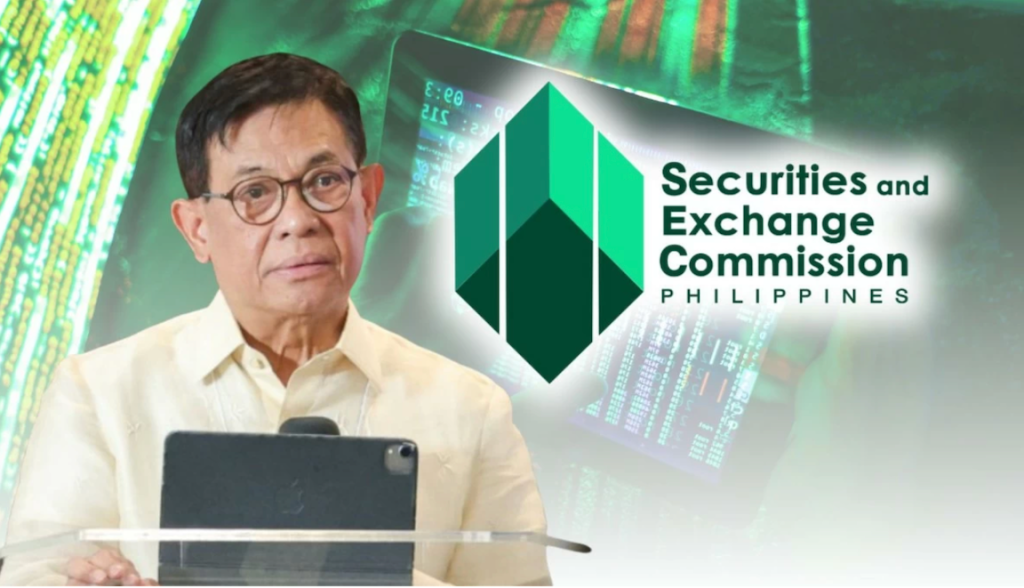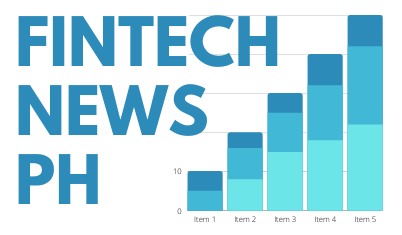In a move that signals tighter regulation of consumer finance in the Philippines, the Securities and Exchange Commission (SEC) has released a draft circular proposing new interest rates caps on small unsecured loans.
These measures are designed to clamp down on high-cost lending practices and offer greater protection for borrowers in the digital lending era.
Proposed rate caps and scope

The SEC’s draft memorandum circular targets unsecured, general-purpose loans of up to ₱20,000 with terms of six months or less — an expansion from its 2022 rule that applied only to loans up to ₱10,000 and four months.
Under the proposal:
- The maximum nominal interest rate would be capped at 6% per month (≈0.2% per day).
- The effective interest rate (EIR), which includes processing, service and other fees, would be capped at 10% per month (≈0.33% per day).
- Penalties for late payment may be limited to up to 5% per month.
- A total cost cap will set all fees, interest and penalties at no more than 100% of the principal borrowed.
These rules would apply to all new, renewed or restructured loan contracts from December 1, 2025 onwards.
Rationale and industry impact
The SEC cited growing concern over borrowers trapped in debt cycles due to high-interest online lending platforms. The regulator emphasized the need to ensure fairness and transparency in lending practices and to protect financially vulnerable consumers.

For licensed lending and financing companies, the stricter regime signals a major adjustment: they must recalibrate pricing models, enhance disclosure standards, and strengthen compliance frameworks. Some lenders may face margin compression or potential exit from the market if they fail to adapt.
On the consumer side, the move could usher in a healthier borrowing environment, where short-term loan rates become more predictable and manageable. The SEC’s intent is to strike a balance between protecting borrowers and sustaining a competitive lending ecosystem.
What this means for borrowers and lenders

For borrowers, especially those relying on small-ticket, high-interest loans, the proposed caps promise lower costs, clearer terms, and greater transparency. Borrowers are encouraged to verify their lenders’ registration status and clarify all fees before taking out loans.
Lenders, meanwhile, will need to:
- Review their loan pricing and fee structures.
- Clearly disclose effective interest rates and total costs to borrowers.
- Prepare operational adjustments ahead of the December 2025 implementation.
Non-compliance will come with penalties, including fines for first offences and potential license suspension or revocation for repeated violations.
Looking ahead
The draft circular is currently open for public comment until Friday, November 14, 2025, giving all stakeholders — lenders, consumer advocates, and borrowers — an opportunity to weigh in.
Once finalized, the new interest-rate framework is expected to redefine the lending landscape in the Philippines, promoting responsible lending and sustainable credit access.

